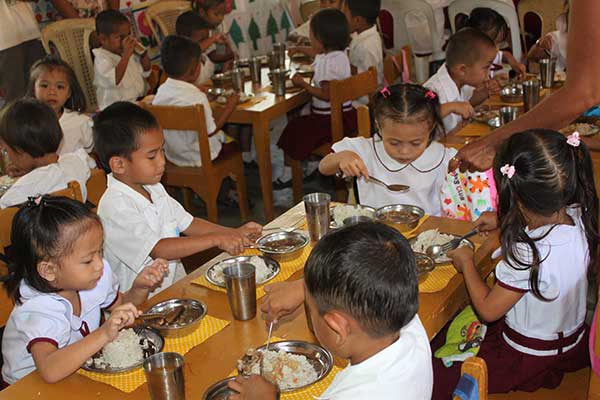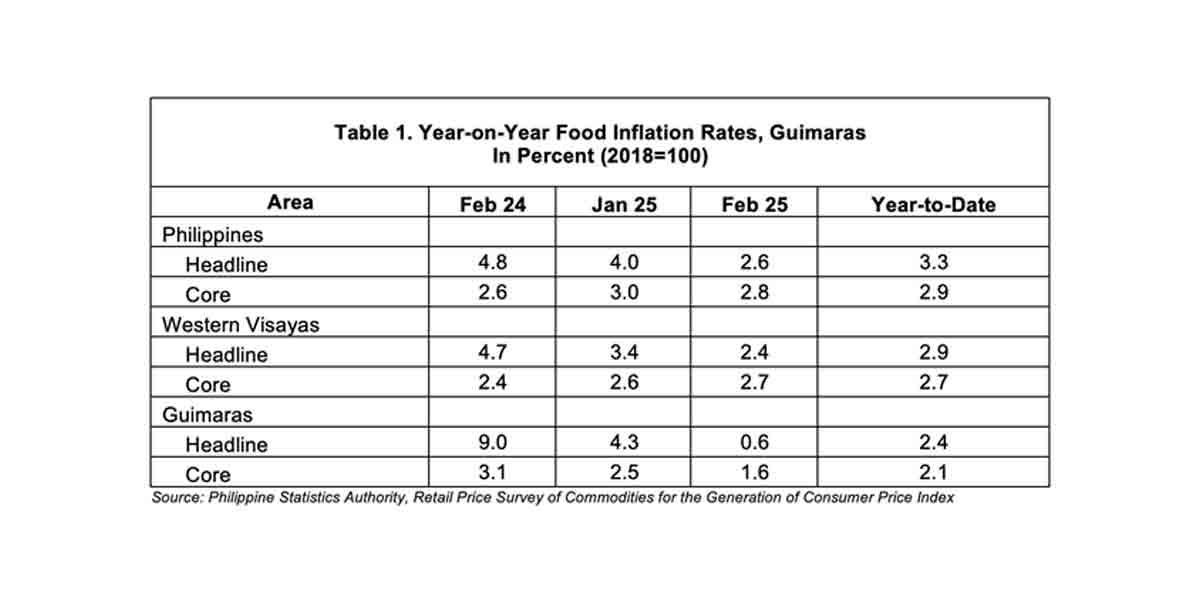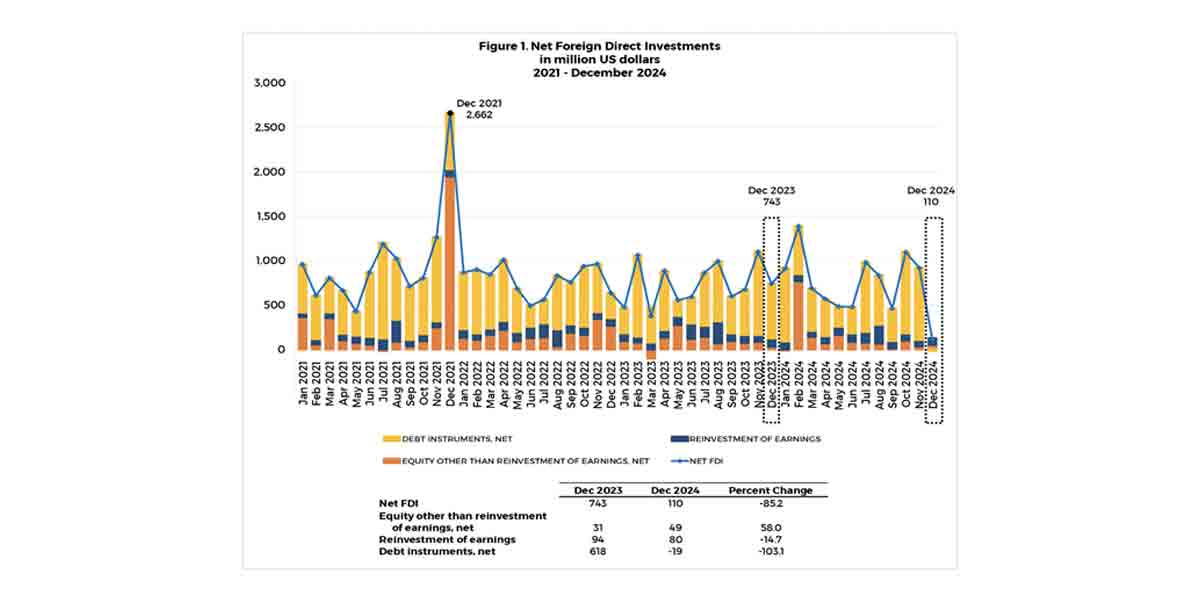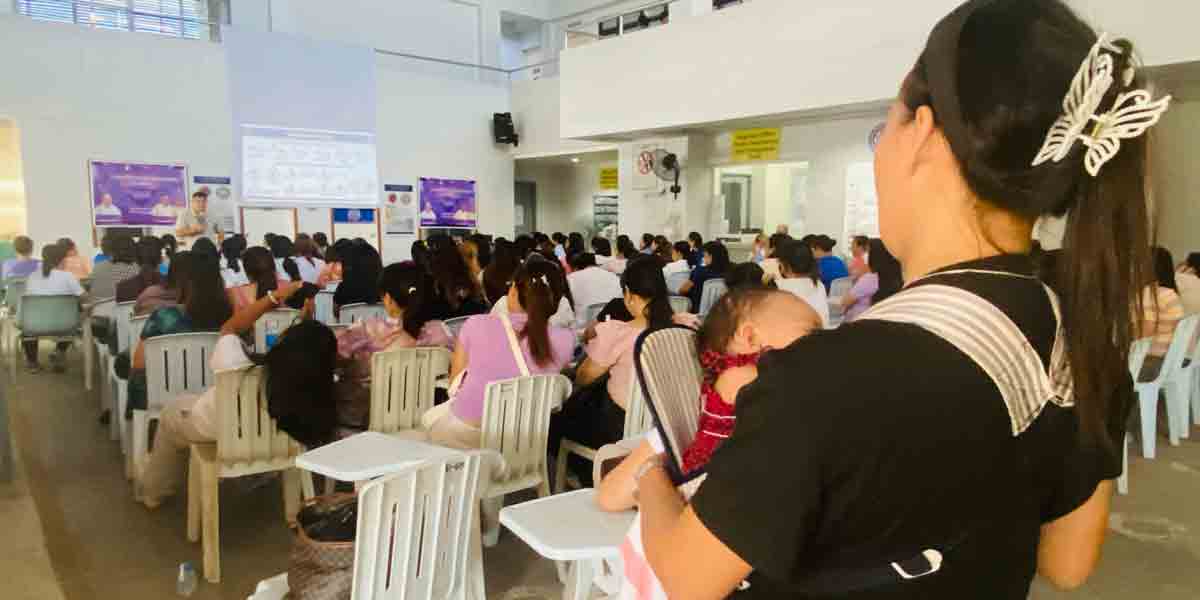
By Francis Allan L. Angelo
The school bell’s shrill ring sliced through the humid air, signaling the start of another day at an elementary school in Mandurriao, Iloilo City.
For many students, it was more than just the beginning of classes—it was also a promise of a meal, often their most substantial one of the day.
However, despite government feeding programs, malnutrition remains widespread.
The Second Congressional Commission on Education (EDCOM II) Year Two Report reveals a stark reality: one in four Filipino children under five years old is stunted, while only 25% of children aged six to twelve months meet the recommended energy intake.
Children from low-income families fare even worse, consuming significantly less protein—a critical nutrient for growth—than their wealthier peers.
The effects are evident in classrooms, where hunger leads to difficulty concentrating, absenteeism due to hunger-related illnesses, and declining academic performance.
A BROKEN LIFELINE?
The Department of Education’s (DepEd) School-Based Feeding Program (SBFP) serves over 2.1 million undernourished students, aiming to alleviate hunger and improve school attendance.
However, flaws in its implementation have turned it into a temporary relief rather than a long-term solution.
The report reveals that the minimum caloric content of school meals is only 350 calories per week, covering just 10%–16% of the recommended daily intake for school-age children.
Many students still leave the school canteen hungry, their nutritional needs unmet.
Adding to the problem are food quality concerns and delivery delays. In 2023, the Commission on Audit (COA) flagged undelivered meals, expired food items, and substandard milk supplies. In some cases, students were given spoiled or moldy food, worsening their health instead of improving it.
Despite these challenges, the SBFP budget has increased from PHP 5.6 billion in 2023 to PHP 11.7 billion in 2024.
However, experts argue that without proper oversight, quality control, and efficient resource allocation, the program will continue to fail the children it aims to help
LIMITED IMPACT
The Department of Social Welfare and Development’s (DSWD) Supplementary Feeding Program (SFP) is designed for young children in Child Development Centers (CDCs) and Supervised Neighborhood Play (SNP) areas.
However, it has also struggled to reach its full potential.
One major issue is budget constraints. For over a decade, the per capita feeding cost remained at PHP 15 per meal. It was only recently increased to PHP 22 per meal, but this still falls short of rising food costs and the need for nutrient-dense meals.
As a result, many at-risk children remain excluded from daily feeding programs.
Moreover, the effectiveness of the SFP has been questioned. Studies in the EDCOM II report indicate no significant difference in energy intake between program beneficiaries and non-beneficiaries, suggesting that the meals provided lack sufficient nutrition or are too infrequent to make an impact.
FALLING SHORT
Milk feeding programs mandated under Republic Act 11037 were meant to supplement children’s diets with dairy products.
However, the National Dairy Authority (NDA) and the Philippine Carabao Center (PCC), responsible for milk supply, have struggled to meet demand, especially in geographically isolated areas.
Distribution delays, lack of cold storage, and poor transport infrastructure have resulted in spoilage and wastage, preventing many children from receiving their allotted milk supply.
POLICY AND GOVERNANCE FAILURES
The fragmentation of responsibilities among DepEd, DSWD, and the Department of Health (DOH) has further weakened the country’s response to child malnutrition.
Without a cohesive national nutrition strategy, overlapping programs and service gaps persist, leading to inefficiencies and wasted resources.
Moreover, funding remains insufficient. The government allocates only PHP 3,870 per child for health-related Early Childhood Care and Development (ECCD) services, significantly lower than the PHP 8,700 average in other low- and middle-income countries.
This underinvestment leaves local government units struggling to sustain feeding programs, especially in impoverished areas.
Another critical issue is the lack of proper monitoring and evaluation systems. Currently, there is no standardized process to track the long-term effects of feeding programs on children’s health and education.
Without data-driven assessments, ineffective programs continue to receive funding while nutritional outcomes remain stagnant.
LONG-TERM IMPACT OF MALNUTRITION
The EDCOM II report highlights the long-term consequences of poor nutrition.
The stunting rate in the Philippines has remained high from 2000 to 2020, with 26.7% of children under five affected as of 2021.
Stunting does not just impact physical growth—it also hinders cognitive development, leading to lower educational attainment and decreased economic productivity in adulthood.
Doris, a local health worker, has witnessed firsthand how poverty and malnutrition go hand in hand. She emphasized the importance of the first 1,000 days of life, from conception to age two, as a crucial period for brain development and overall health.
However, the lack of integrated services across agencies has made it difficult for health workers like her to address malnutrition effectively.
REFORMS
Given the severity of the malnutrition crisis, the EDCOM II report calls for urgent reforms to improve school feeding programs.
Among its key recommendations:
- Strengthen Coordination Among Agencies – DepEd, DSWD, and DOH must work together under a unified strategy to ensure better efficiency and prevent overlapping initiatives.
- Improve Targeting Mechanisms – Feeding programs must prioritize the most vulnerable children, particularly those from severely impoverished households.
- Increase Budget and Efficiency – Funding must be adjusted to meet scientific nutritional standards, ensuring children receive adequate caloric and protein intake.
- Enhance Food Quality and Distribution – Investments should be made in local dairy production, better infrastructure, and cold storage facilities to prevent spoilage and shortages.
- Develop a Robust Monitoring System – A national database should track children’s nutritional progress and program effectiveness.






















